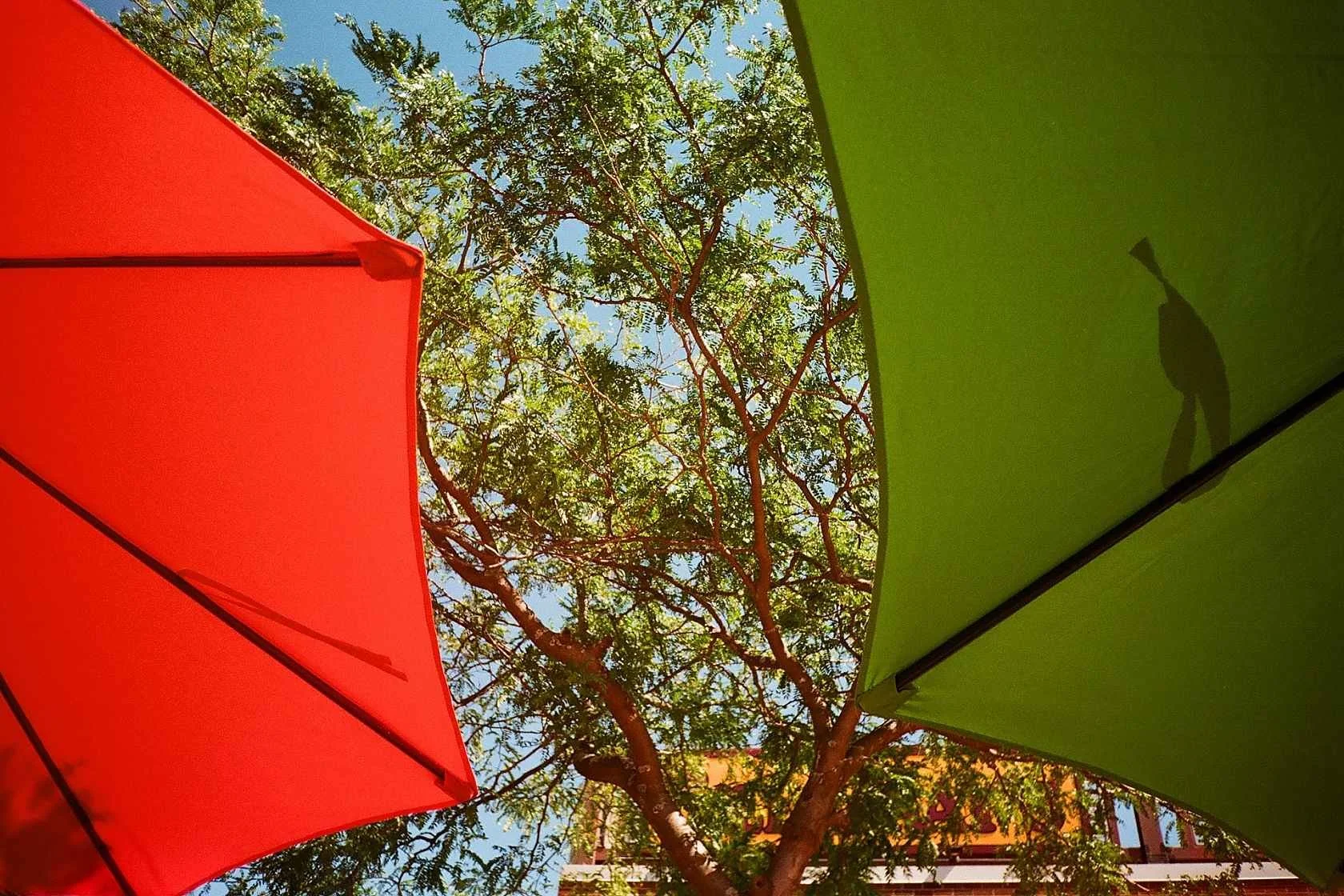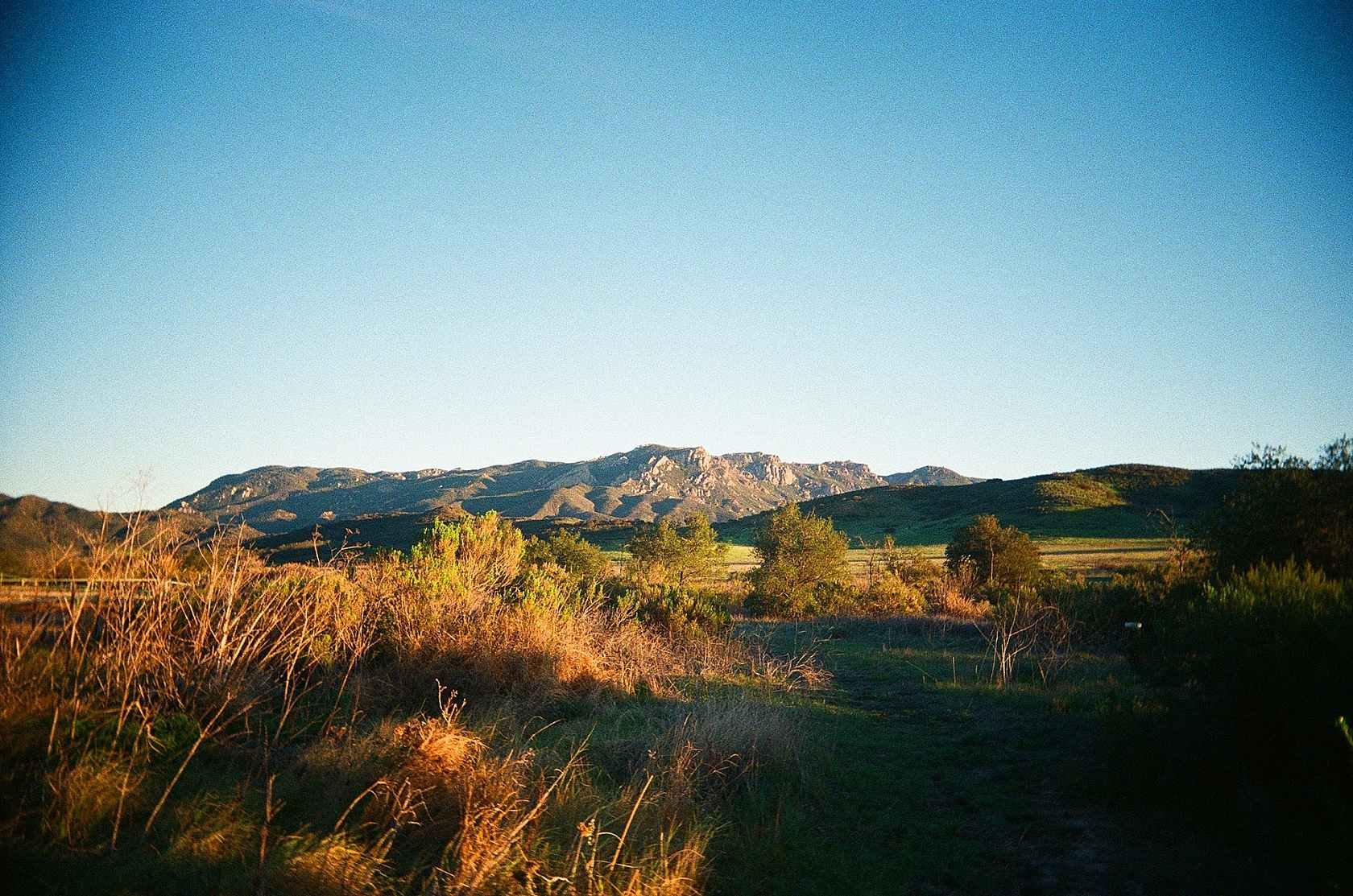Kodak Is Back with Kodak Gold and Ultramax
Eastman Kodak out of Rochester New York has shocked the film photography world for a second time in very short time. 35mm film photography news is also ways somewhat slow as development and release of new cameras and films takes a long time and the entire industry is mostly stable thanks to a very reliable and predictable customer base. But Kodak has done something none of us were expecting and now, they’ve done it twice!
For years, if you wanted fresh Kodak color film, it always flowed through one familiar channel: Kodak Alaris.
Alaris was the company that handled the retail distribution, the consumer branding, and the “Kodak” film boxes we all know. Meanwhile, Eastman Kodak — in Rochester, NY — actually manufactured the film.
It’s always been a two-company system. There were two Kodaks.
But now something big has shifted.
Recently, Eastman Kodak began offering Kodak Gold 200 and Kodak UltraMax 400 directly from themselves instead of routing all sales through Kodak Alaris. That means the Rochester factory is now directly handling the product release and distribution on two of the most iconic consumer color films still being made today.
This follows right behind October’s surprise launch of Kodacolor 100 and 200 — which were also released directly by Eastman Kodak.
This isn’t just “new packaging.”
This is a distribution model change.
And it raises a lot of questions.
What does “direct from Eastman Kodak” mean?
So far, what we know is this:
Eastman Kodak is promoting and selling Gold 200 and UltraMax 400 directly to retailers and distributors.
New packaging has been revealed that matches the retro look of the Kodacolor boxes.
Multiple retailers have already started showing “coming soon” listings with the new packaging.
Kodak Alaris pages still list these films — which means both companies now appear to be active at the same time.
This is the first time since Kodak’s 2012 bankruptcy that Rochester has stepped in this visibly toward the consumer still-film market.
Why would Kodak do this?
There are several very possible reasons:
1. Demand is way higher than supply
Film demand has blown up since 2020. Kodak has even publicly stated they had to pause production lines to upgrade equipment just to keep up.
2. Cutting a middle layer could reduce friction
If Rochester sells directly to retailers, they may have more control on inventory allocation, and MAY be able to keep pricing steadier.
3. Brand ownership
Kodak Alaris is technically a separate company that licenses the Kodak name. Eastman Kodak might be trying to bring more of the Kodak film identity back “home” to Rochester again.
Which films could be next?
Right now, only:
Kodacolor 100 / 200 (already announced direct by Eastman Kodak)
Gold 200
UltraMax 400
are confirmed flowing through this new channel.
But if this continues… it opens the door for:
Portra family
Ektar 100
Tri-X 400
moving under the Eastman direct model too.
If THAT happens — then the entire still film division may end up being unified under one Kodak again.
What does this mean for the future of film?
Optimism + uncertainty.
On the optimistic side:
If Rochester is taking the reins, we might see better stock availability.
We might see less of the random price swings.
We might see more new product development (Kodacolor proved they still have the chemistry + creativity to release new films).
BUT — there are questions that still haven’t been answered:
Is Kodak Alaris being phased out?
Or will both companies continue to handle film?
How will retailers manage inventory during a transition?
How will pricing shake out once the supply chain reconfigures?
Right now we’re seeing the first moves of a shift — but not the full road map.
For labs and shooters, the bottom line is this:
Kodak film is not dying.
If anything, Kodak is getting more active.
They’re reorganizing and re-positioning.
And Rochester is stepping up and taking a more direct position in the film photography economy again.
We may look back on late 2024 / early 2025 as the moment where Kodak decided to “own film again” — instead of outsourcing the brand to a license holder.
And if Kodak wants film to keep growing, this is the strategic move that makes the most sense.
So… should we be encouraged?
Honestly?
Yes — cautiously.
More direct control tends to make markets more stable, not less.
More products coming from the manufacturer directly tends to mean they are investing, not retreating.
And a company doesn’t redesign packaging and launch new emulsions if they're planning to shut the lights off.
This looks less like “Kodak might shut film down”
and more like
“Kodak wants film to be a bigger part of their direct business again.”
That’s huge.
The next 6–12 months will tell us how deep this shift goes. If Portra or Tri-X start appearing in the same direct pipeline — then this new Kodak film era is fully real.
Until then: stay tuned, stock your fridge as needed, and keep shooting.
Film is not just surviving — it appears to be reassembling itself to survive long-term.



